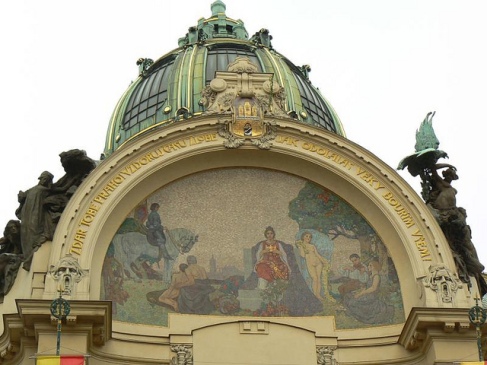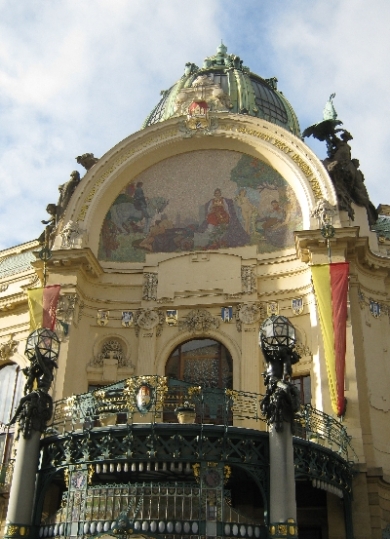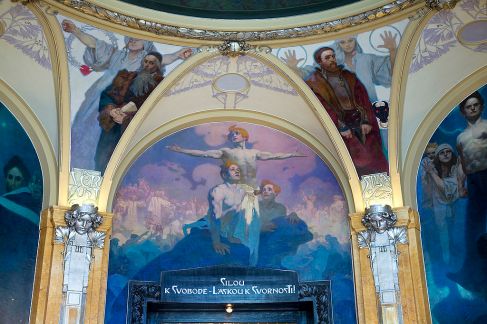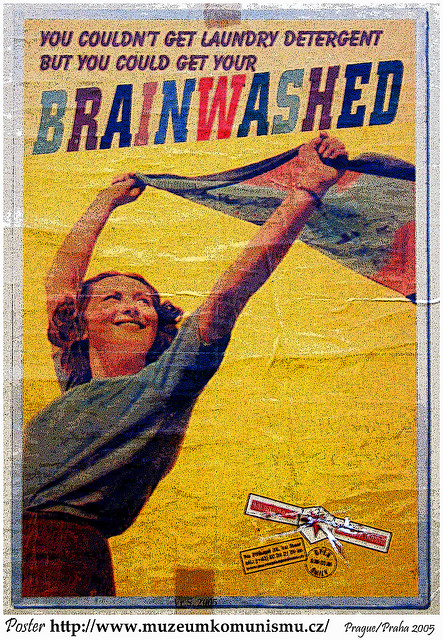ORIGINS / HISTORY
The Municipal House (Czech: Obecní dům) is a major civic landmark and concert hall in Prague, and an important building in architectural and political history in the Czech Republic.
Its origins lie in Czech nationalism. Its building was opposed at the time by the German minority living in Prague.
The building was commissioned by the city on an odd-shaped lot and was built at the height of the Art Nouveau movement between 1905 and 1911 after a design by the Czech architects Antonin Balsanek and Osvald Polivka, and decorated by many of Bohemia’s greatest painters, sculptors, and the best interior decorators in Prague at the time. Construction started in 1905 and it opened in 1912.

Its critics call it fancy, lacking substance and a bourgeois self-promotion. They feel the style is too market-oriented and Its origins lie in propaganda, advertising, and public relations and cannot be taken seriously as art.
Obecni Dum stands on the old site of what was once called King’s Court, a former residence of King Wenceslas IV, who had new fortifications built in the area to protect Prague. One part of these fortifications can be found next to the Municipal House. This dark tower is called Powder Tower (Prasna Brana). It was a former storage place for gunpowder.

Today there is an incredible contrast between the Municipal House and the Powder Tower. Obecni Dum on the one hand is this magical place with beautiful detail while the tower is seemingly holding tight to the darker elements of history from the 14th century.
Obecni Dum is of immense cultural importance as it was the site of the proclamation of the Czechoslovak Republic in October 1918 and was the site for meetings between dissidents including Vaclav Havel and the outgoing communist leadership in November 1989.
When the former Czechoslovakia overthrew its Communist government in 1989, the economy was in shambles. There was very little money for services, infrastructure or economic development. Yet President Vaclav Havel chose to spend millions to refurbish the Obecni Dum because he saw the restoration of the building as fundamental to the revival of the nation. This signified that the country was once again free, and in control of its own destiny. This building has become a Prague landmark and serves as a national symbol.
ASSOCIATED MOVEMENTS
The yellow structure combines French Beaux-Arts with Viennese Secessionism. The Art Nouveau structure is an artifact of the Czech nationalism of the time and carries a wealth of ornaments. The main facade features a large ceramic half-dome mosaic above the entrance, homage to Prague, by Karel Špillar. On either side are allegorical sculpture groups representing The Degradation of the People and The Resurrection of the People by Ladislav Šaloun, while the remainder of the rich decoration was done by Josef Mařatka, František Úprka and others, with light stands designed by Karel Novák. Inside there are murals by the famous Alfons Mucha, Jan Preisler and Max Švabinský, all of this on nationalist themes.
.

The large ceramic half-dome mosaic above the entrance of Obecni Dum

Inside the Obecni Dum building (ceiling)
Most of the styles used where dramatic applications of every conceivable material that can be found. The art concentrates on Czech ‘Symbolism and Cubism’ two unique movements which have yet to meet an appropriate level of appreciation in the West.
Lately as a site it is regularly enjoyed by the public for its café, restaurant, exhibition spaces, and famous concert hall and brings in annual revenues of more than 100 million crowns.
An hour long tour of the building costs 270CZK and gives you access to all sorts of halls and rooms that the general public cannot access.
Rose Muzvondiwa















